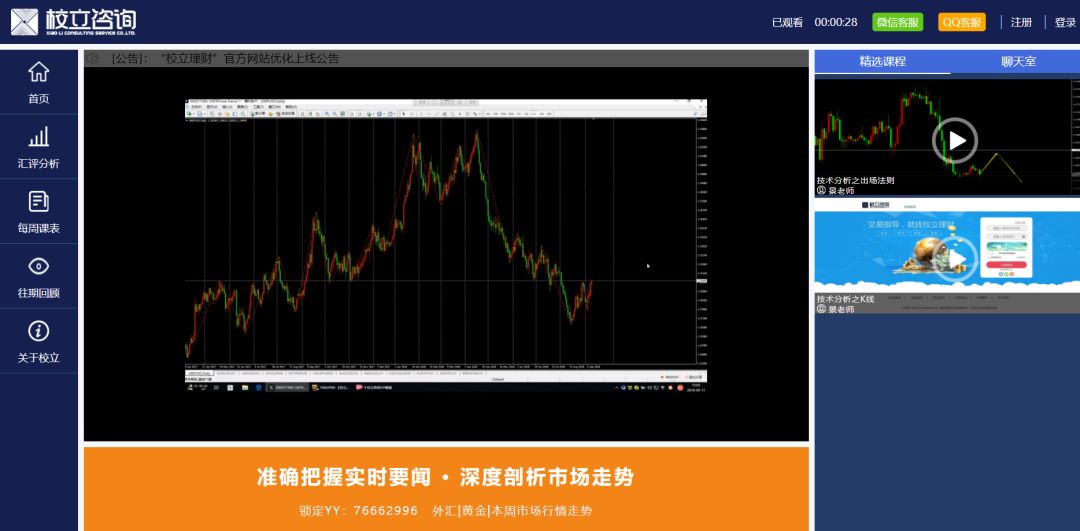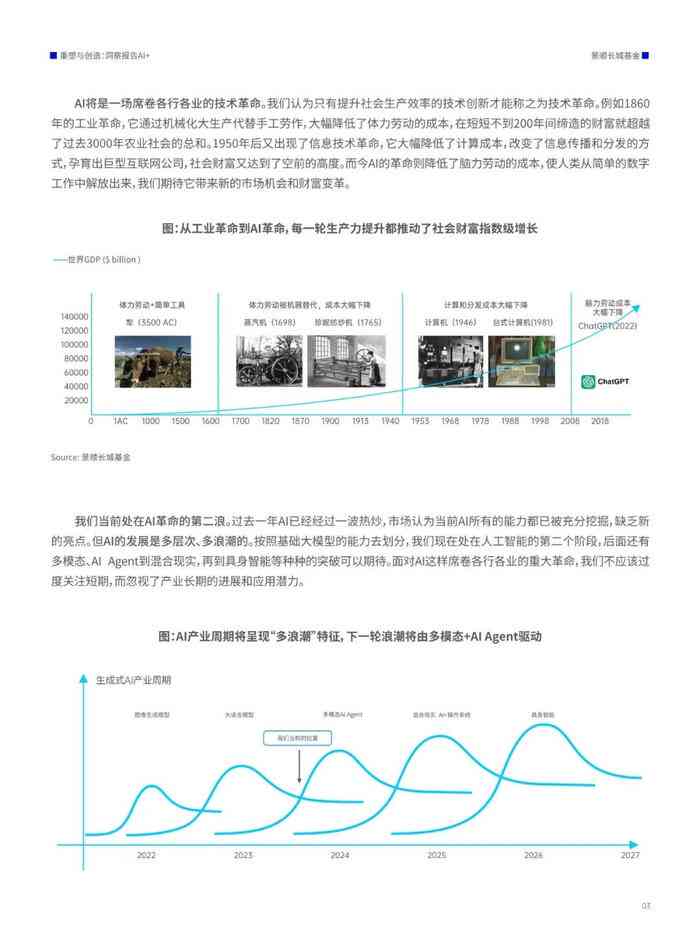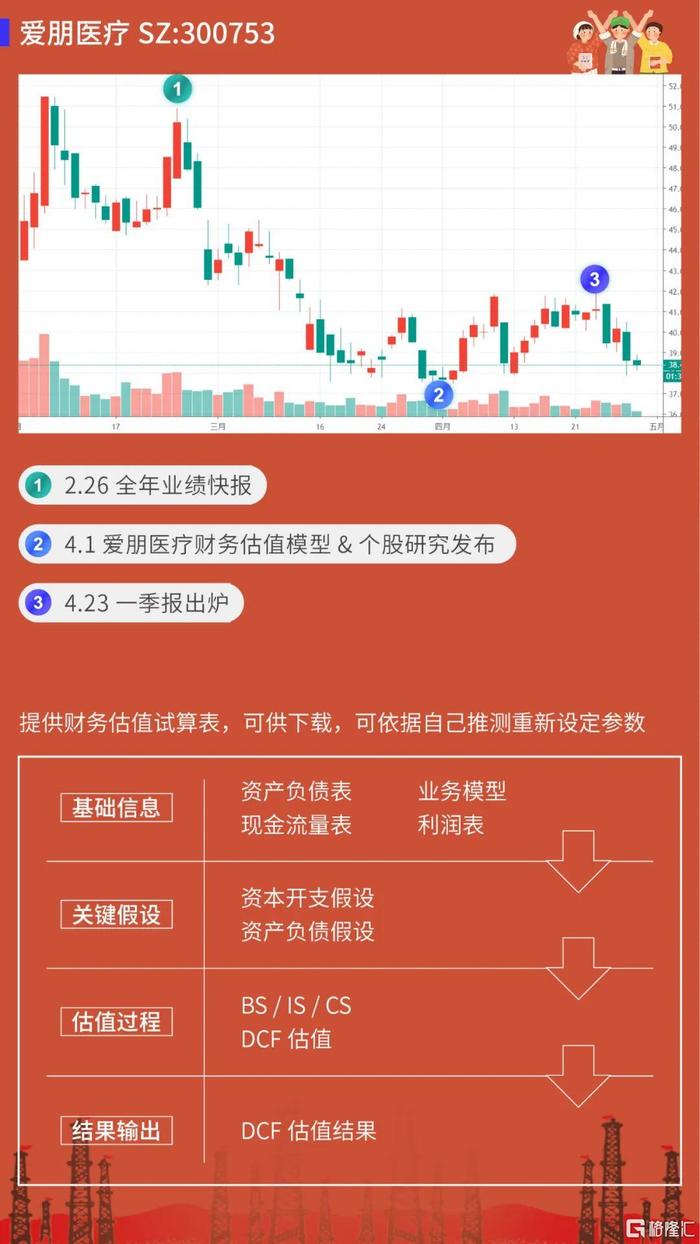引言
Welcome to the comprehensive and in-depth study titled "Latest, In-Depth Research Analysis - Activity Edition 94.452." This exploration delves into recent findings and theoretical perspectives related to a variety of contemporary topics that continue to shape society and academia.
Understanding the Context
Setting the Scene: We begin by understanding how our research fits within the current landscape. Major shifts in technology, politics, economy, and social structures are critically analyzed to establish the context from which our study emerges.
Methodological Approaches
Research Methods: In this section, we detail the methodologies employed in gathering and analyzing data. Quantitative and qualitative methods are discussed along with their inherent strengths and limitations. Ethical considerations are also highlighted, emphasizing the importance of adhering to rigorous academic standards.
Theoretical Frameworks
Conceptual Foundations: Here, various theoretical underpinnings that guide our analysis are presented. By leveraging these frameworks, we offer a multifaceted perspective on our chosen subjects, allowing for a nuanced discussion of complex issues.
Data Collection and Preliminary Findings
Gathering Evidence: The bulk of research material is collected through meticulous processes—interviews, surveys, observations, and document reviews. Initial insights drawn from the data set the stage for deeper analysis.
In-Depth Data Analysis
Unraveling Complexities: Through sophisticated statistical analyses or thematic coding, critical patterns are extracted from the data. These discoveries challenge prevailing paradigms and open avenues for further inquiry.
Key Discoveries
Breaking New Ground: Analysis leads to pivotal revelations regarding the nature and implications of current events and trends. Innovations in business practices, evolutions in policy-making, and transformations in societal norms are among the areas covered.
Relevance and Impact
Understanding Significance: We explore the significance of the findings to stakeholders, including policymakers, educators, researchers, and the wider public. The impact across different sectors helps bridge the gap between scholarship and real-world application.
Critical Challenges and Limitations
Addressing Constraints: Every study encounters challenges; ours is no exception. By acknowledging potential biases and gaps in knowledge, we transparently address methodological weaknesses and suggest avenues for improving future research efforts.
Future Directions
Looking Ahead: Drawing upon lessons learned from this research, we project future trajectories and propose directions for ongoing studies. These recommendations act as roadmaps for others seeking to build upon our accomplishments.
Conclusion
Final Thoughts: Concluding remarks summarize the core contributions of our study, reflecting on the broader implications and cementing the value-add of our work within scholarly discourse and professional development.
References
Building Credibility: A list of sources cited throughout the report solidifies credibility and provides readers with additional resources for further reading and research.










 京公网安备11000000000001号
京公网安备11000000000001号 京ICP备11000001号
京ICP备11000001号